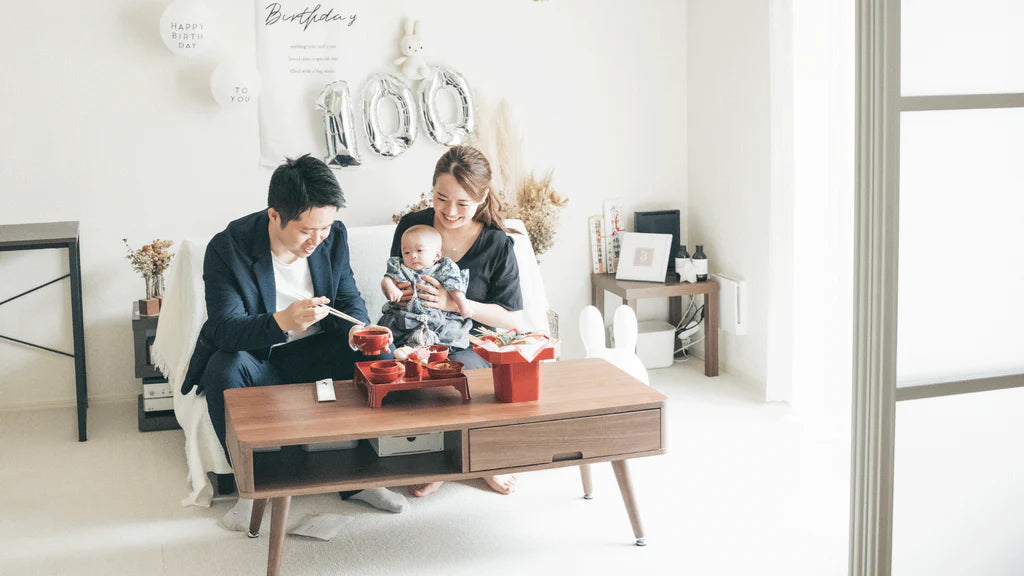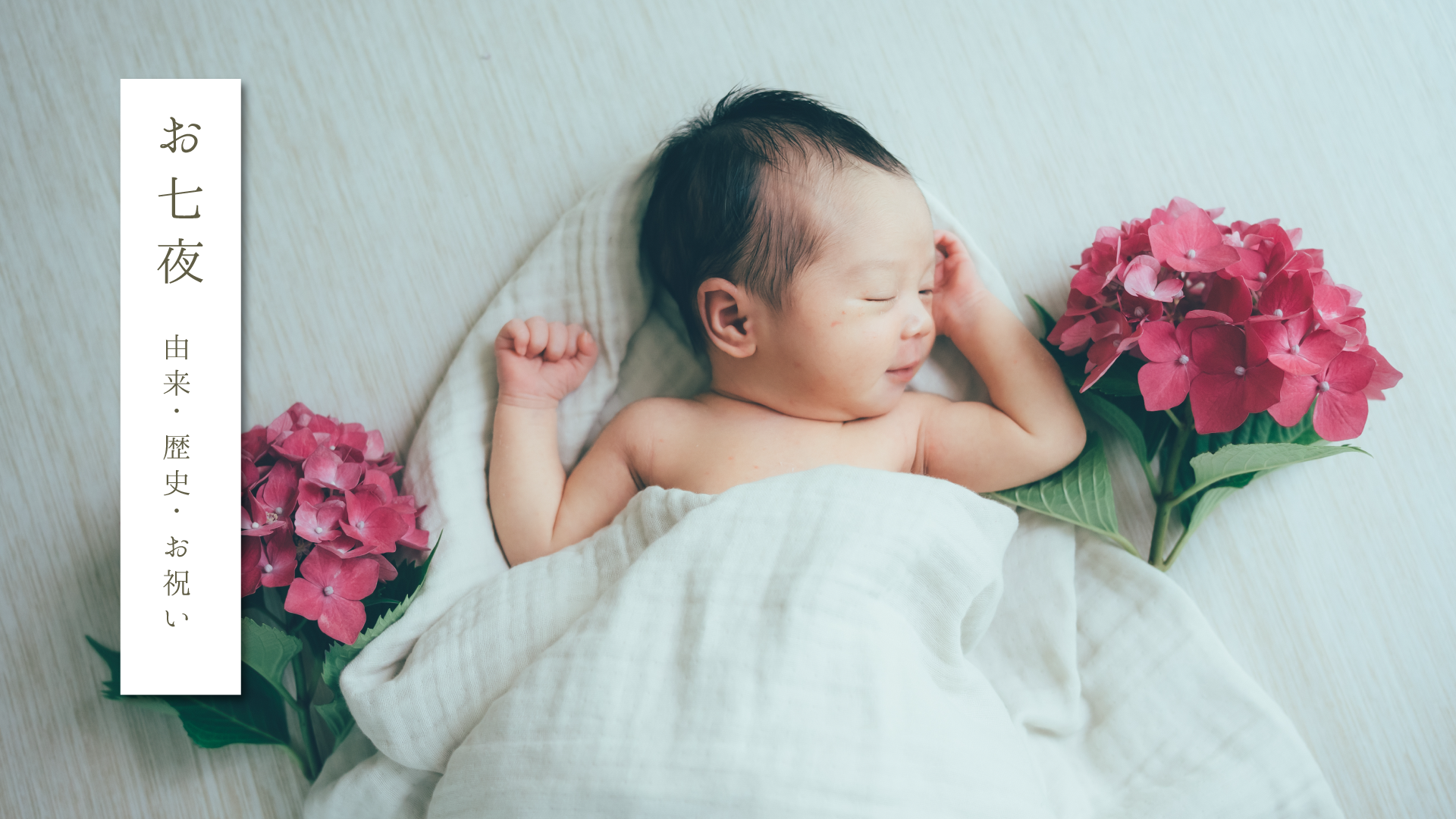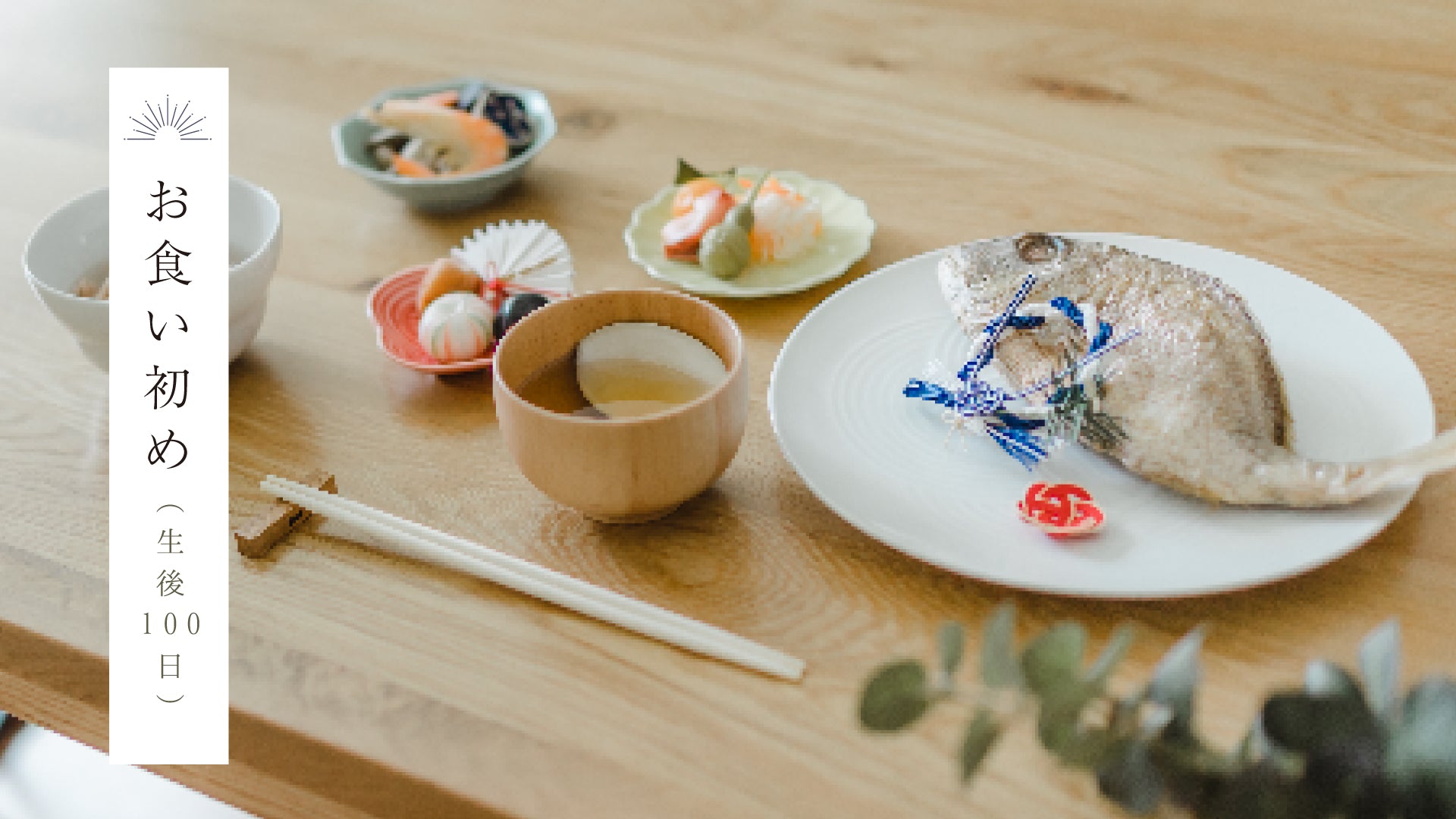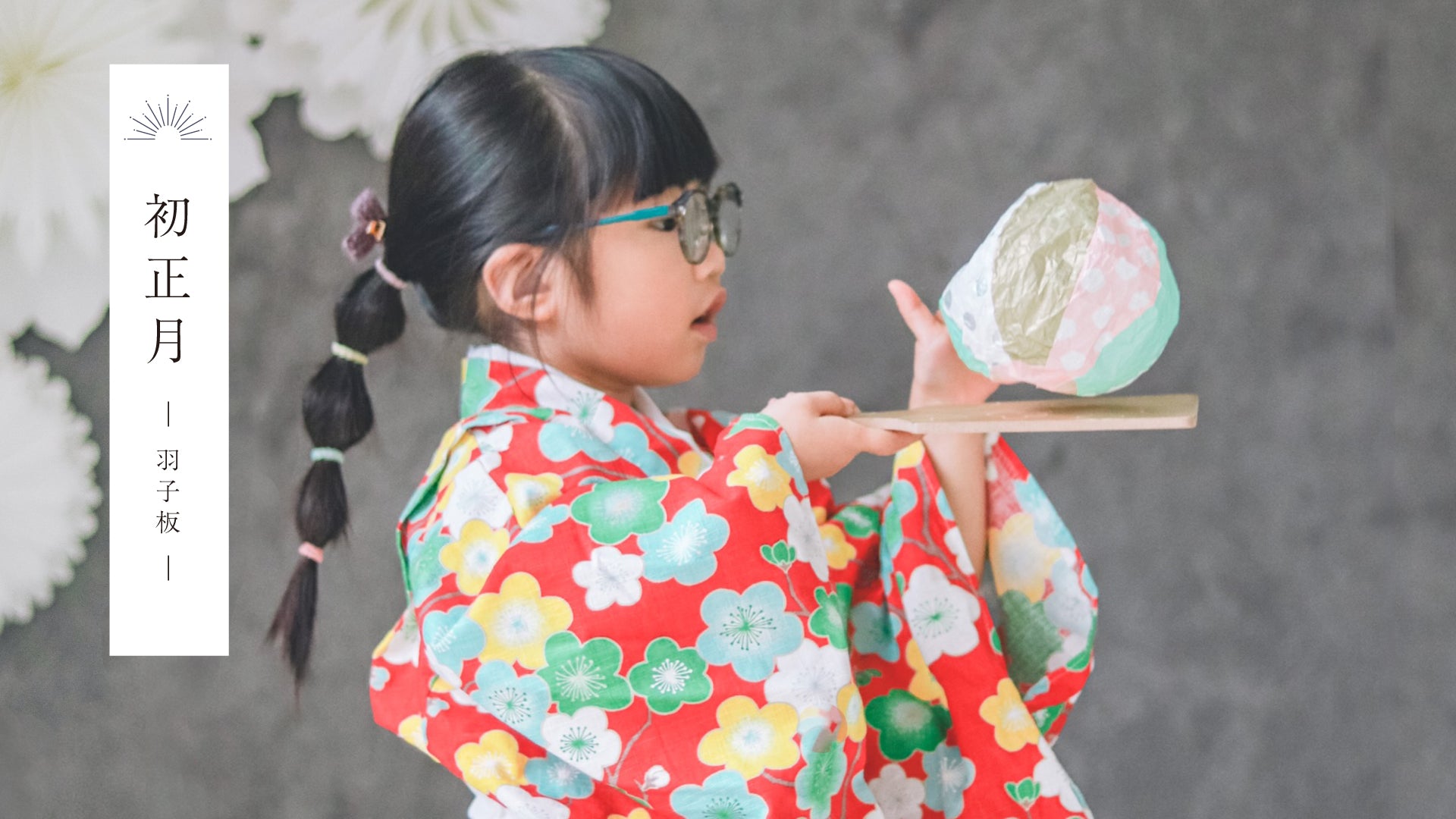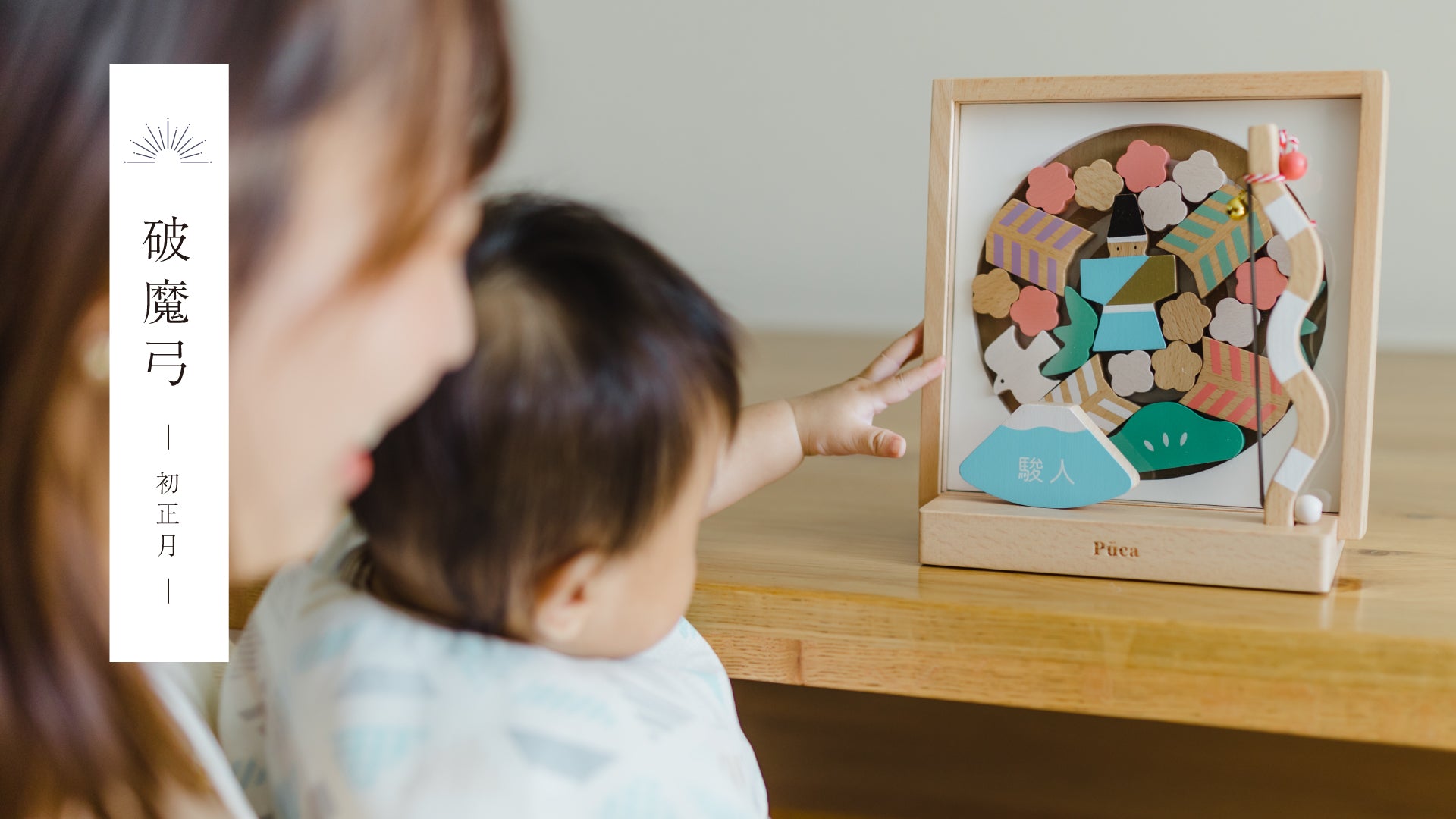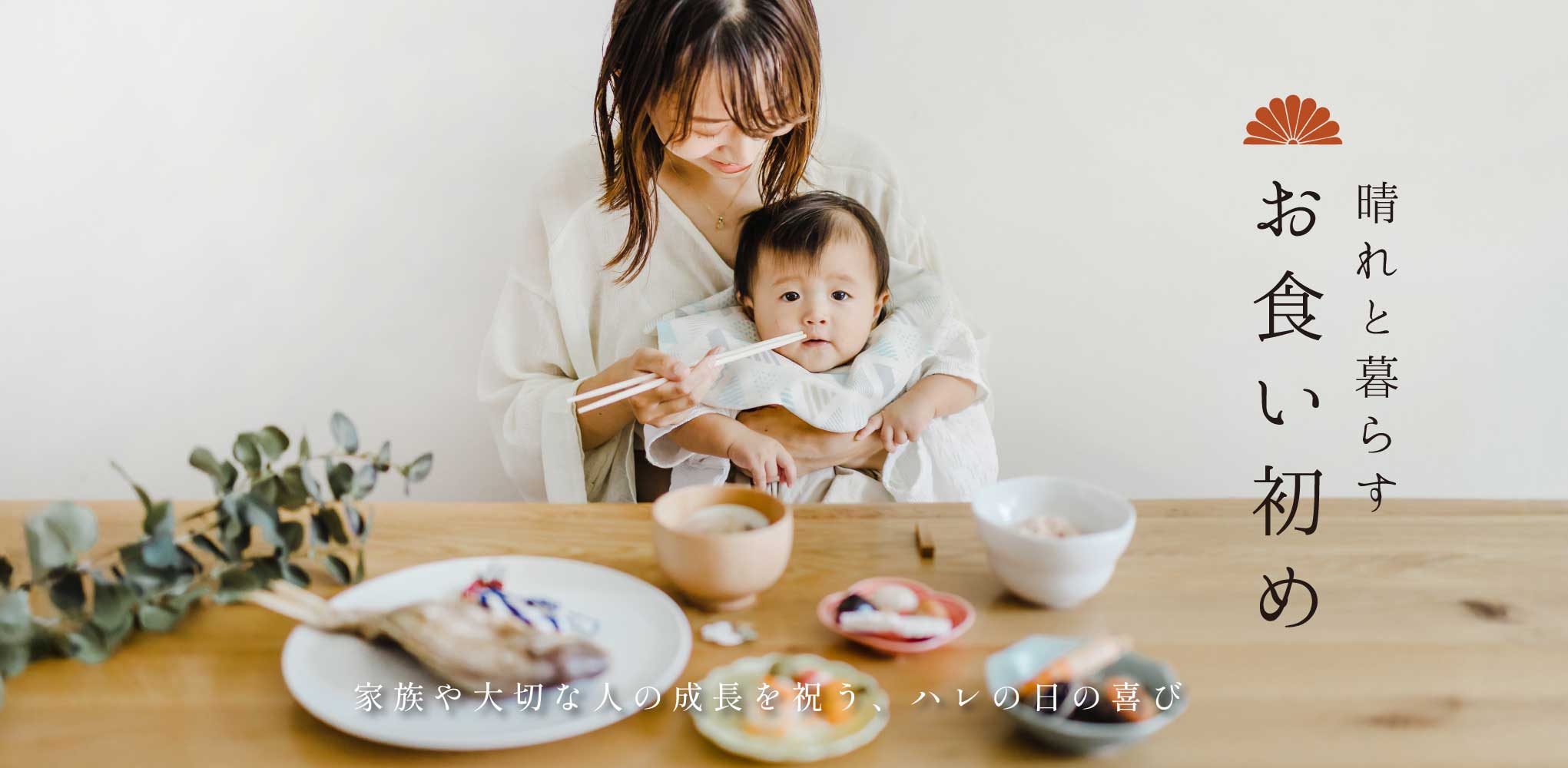title
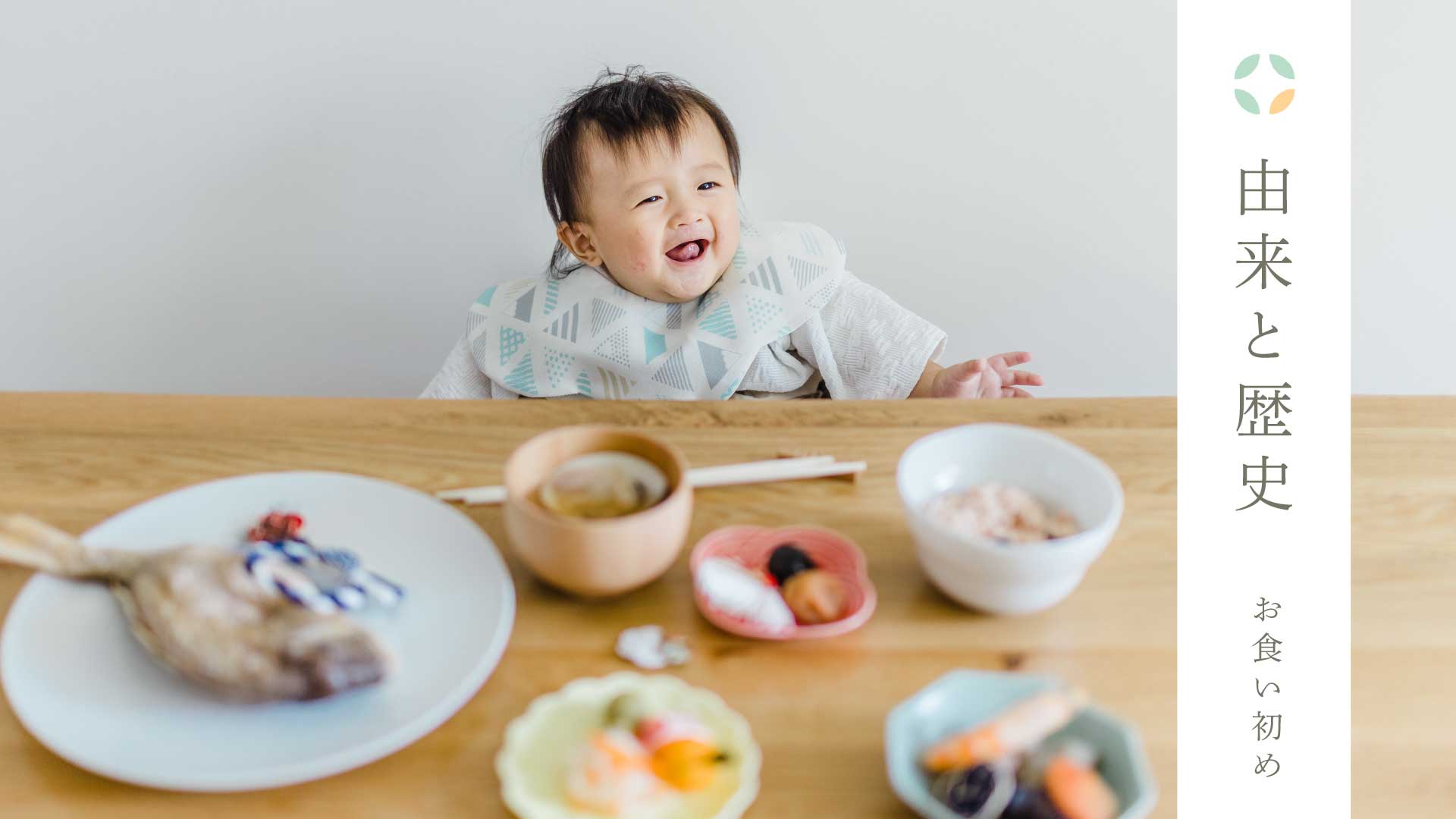
title goes here
Explanation goes here

title
title goes here
"Okuizome" (first meal)
We introduce items for celebrating children's first meals and items that will help children enjoy meals, with a focus on first meal items.

title

title goes here
Explanation goes here
The history of Okuizome
The history of Okuizome is long, and it is a traditional event that has been carried on since the Heian period (794-1185 AD).
At that time, on the 50th day after a baby's birth, a "50th day celebration" was held in which rice cakes called Ikanomochii (rice cakes) were placed in gruel (a type of liquid food) and then put into the baby's mouth using chopsticks. Eventually, the 50th day celebration became the 100th day, and this is said to be the beginning of Okuizome.
During the Kamakura period, the rice cake was replaced with fish meat, and the dish came to be called "Manahajime" (the beginning of true fish). This change is recorded in many classical texts, such as the Tale of the Heike.
During the Edo period, the present-day Okuizome ceremony took on the form of preparing food and dishes on a tray and pretending to feed the child.
In the past, hygiene and nutrition were not perfect, making it very difficult for babies to grow up safely. Therefore, in addition to the 100-day celebration, rituals and celebrations were held to pray for the baby's growth, such as shrine visits, one-sho rice cakes, and at various seasonal milestones.
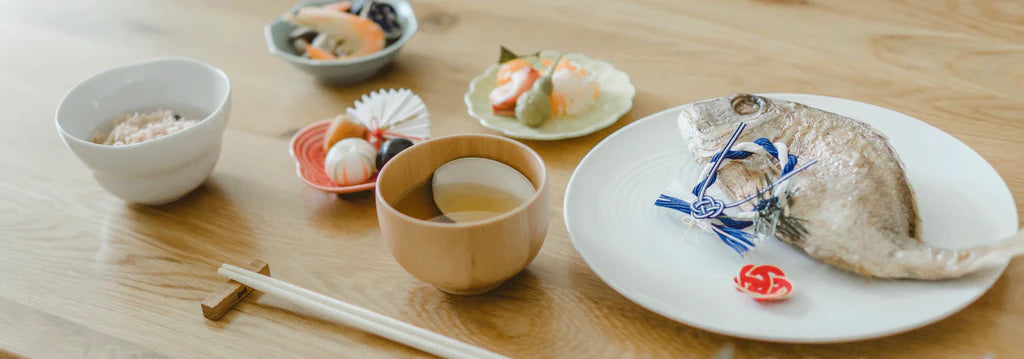
Celebration meal - Celebration meal
A special celebratory meal is prepared for the first meal. The traditional Japanese menu of "ichijuu sansai" (one soup and three dishes) is the basis for this. The menu usually includes a fish with head and tail, such as sea bream, red rice, clear soup, a simmered dish, and pickles.
[Grilled fish with head and tail]
Grilled fish that is complete from head to tail is considered to be auspicious. It is common to prepare grilled sea bream, as the word homonym for "omedetai" (sea bream) sounds auspicious.
[Clean soup]
It is a clear soup made with a rich stock, with the hope that the baby will "suck vigorously at the breast and grow up strong," and traditionally contains sea bream or carp as ingredients. In recent years, it has become common to add clams, with the hope that the baby will "be blessed with a good partner."
[Simmered dishes]
It varies depending on the season and region, but it often contains carrots and daikon radishes, which represent the auspicious colors of red and white. Pumpkins and shiitake mushrooms are sometimes cooked in a hexagonal shape to resemble a turtle shell, and shrimp, an auspicious ingredient, is also included.
[Pickles]
The acidity of the food will refresh your mouth and reset your sense of taste. Pickled seasonal vegetables in rice bran are a good choice.
[Red rice]
Since ancient times, the color red has been believed to ward off evil spirits and ward off evil spirits. Sekihan (red rice) is an essential dish at celebratory occasions such as the first meal.
Also, around 100 days after birth, some babies start to get their baby teeth, so a "teething stone" is prepared with the hope that the baby's teeth will grow strong. The menu varies depending on the region, and local specialties are often added. There is no set rule that says it must be done in a certain way. Prepare a celebratory meal for each household and pray for the baby's future health and happiness.


When and with whom do you celebrate Okuizome?
Generally, Okuizome is said to be held on the 100th day after a baby is born. Around 100 to 120 days after birth, this is the time when baby teeth begin to grow, so people celebrate with joy and gratitude for the baby growing big enough to have teeth, and with hopes for their future healthy growth.
In some regions, it is celebrated on the 110th or 120th day. Celebrating after 120 days is called "eating stretching," and it seems to symbolize longevity.
There is no rule that it has to be held on a specific day, and many families hold it on the weekend after 100 days or on an auspicious day. Above all, choose a date based on the baby's growth and health.
In the past, the eldest grandparent in the household would be the first to put chopsticks into the baby's mouth during the Okuizome ceremony, but this was a tradition that dates back to the time when it was common for large families to live under the same roof.
Recently, couples who have had a baby may be busy at the time, so it seems that celebrations are often held in a small, private setting with just the family. Rather than being too concerned with formalities, celebrate in a way that suits your family, celebrating the baby's safe growth over the past few months and hoping for their continued healthy growth.
